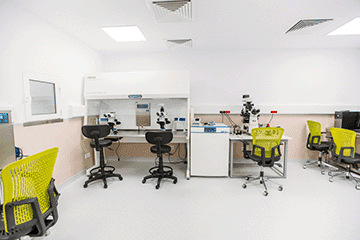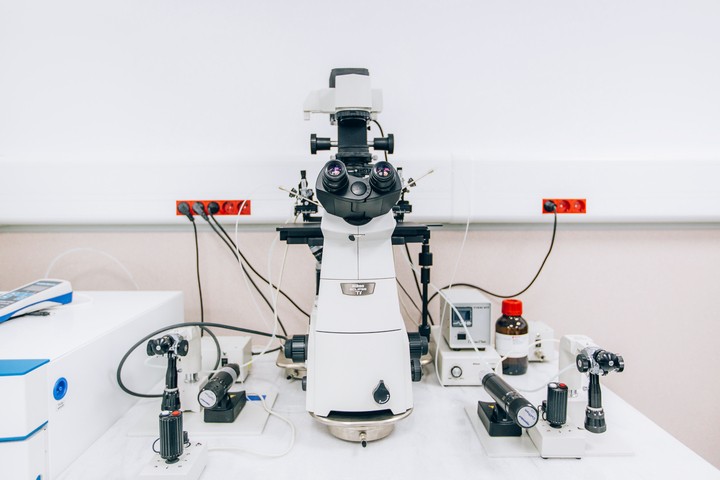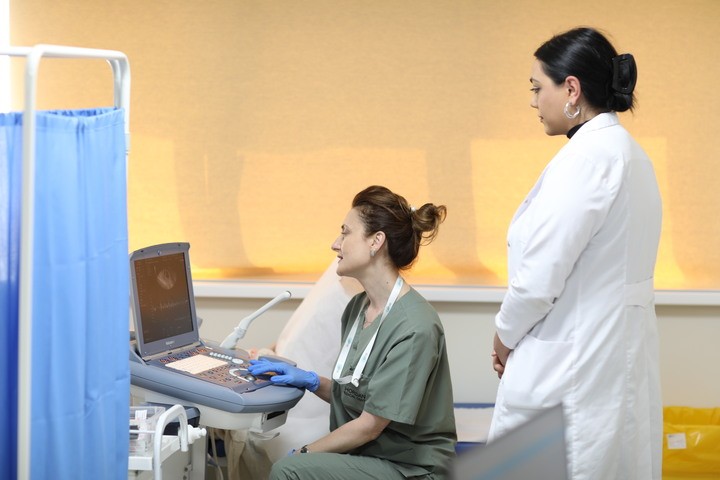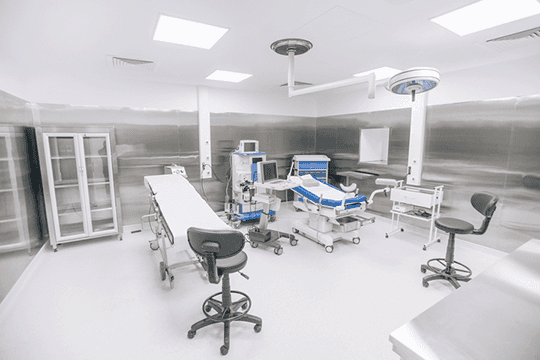
In Vitro Fertilization (IVF)
Infertility is medically defined as the inability to conceive a child without medical intervention. According to the World Health Organization (WHO), a couple is considered infertile if pregnancy does not occur after one year of regular, unprotected sexual activity. For women over the age of 35, this period is reduced to six months.
Modern medicine addresses infertility through various advanced methods, with in vitro fertilization (IVF) being one of the most effective solutions.
IVF offers hope to millions of couples worldwide, allowing them to overcome the challenges of infertility and achieve their dream of parenthood. This technique involves fertilizing an egg outside the body, followed by the transfer of the resulting embryo into the uterus.
At the Zhoordania Medical Center, we provide comprehensive and personalized care throughout the IVF process, ensuring the highest standards of success and safety for our patients.
What is in vitro (IVF) fertilization?
In modern medicine, in vitro fertilization (IVF) is recognized as a leading form of assisted reproductive technology and, in many cases, the most effective solution for treating infertility. IVF is not only a treatment for infertility but also a method to address certain genetic disorders, facilitating the process of conception.
The IVF process involves the union of sperm and egg cells outside the body in a high-tech laboratory environment. This process mimics the natural fertilization that occurs within a woman’s body.

What procedures are involved in in vitro (IVF) fertilization?
demonstrations


